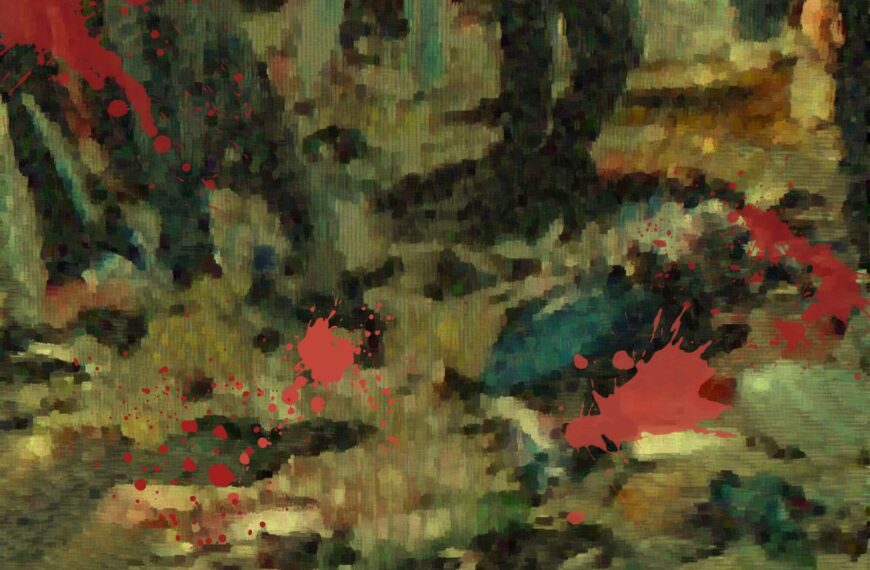A happy go lucky photographer, Satadal shares his experience of shooting Holi pictures in the Braj Bhumi – the land of Radha, Krishna, Dauji and Gopis. It was a sheer accident of fate that took him to a faraway place from his Kolkata home, two years back.
Like every person, who loves photography, covering Holi, the festival of colour, love and joy, was a dream for me. But I am a lazy photographer. So did not delve into research or plan to cover this, meticulously. Just few days before Holi, I had the sudden urge to capture Holi in photographs. Initially, I planned to go Varanasi, on Holi. My brother was studying there.
But, he dissuaded me to be in Varanasi. I changed my plans for Mathura. Such last minute plans meant that there were no train tickets. Last minute flight tickets are unaffordable too. The only alternative was to travel by road. I persuaded up my travel partner, Laltu, whether he was ready to drive about 2800Km and travel with me. Being an obedient disciple and a person who loves driving, he agreed.
Our travel route was Kolkata -Varanasi-Mathura and back.
Our travel route was Kolkata-Varanasi-Mathura and back. It was four days journey in all. So I called the travel agent, booked the room at Varanasi and Mathura and finalised the plan. But the 4-day plan became a 9-day trip and about 3700km journey, eventually. That, however, is a different story.
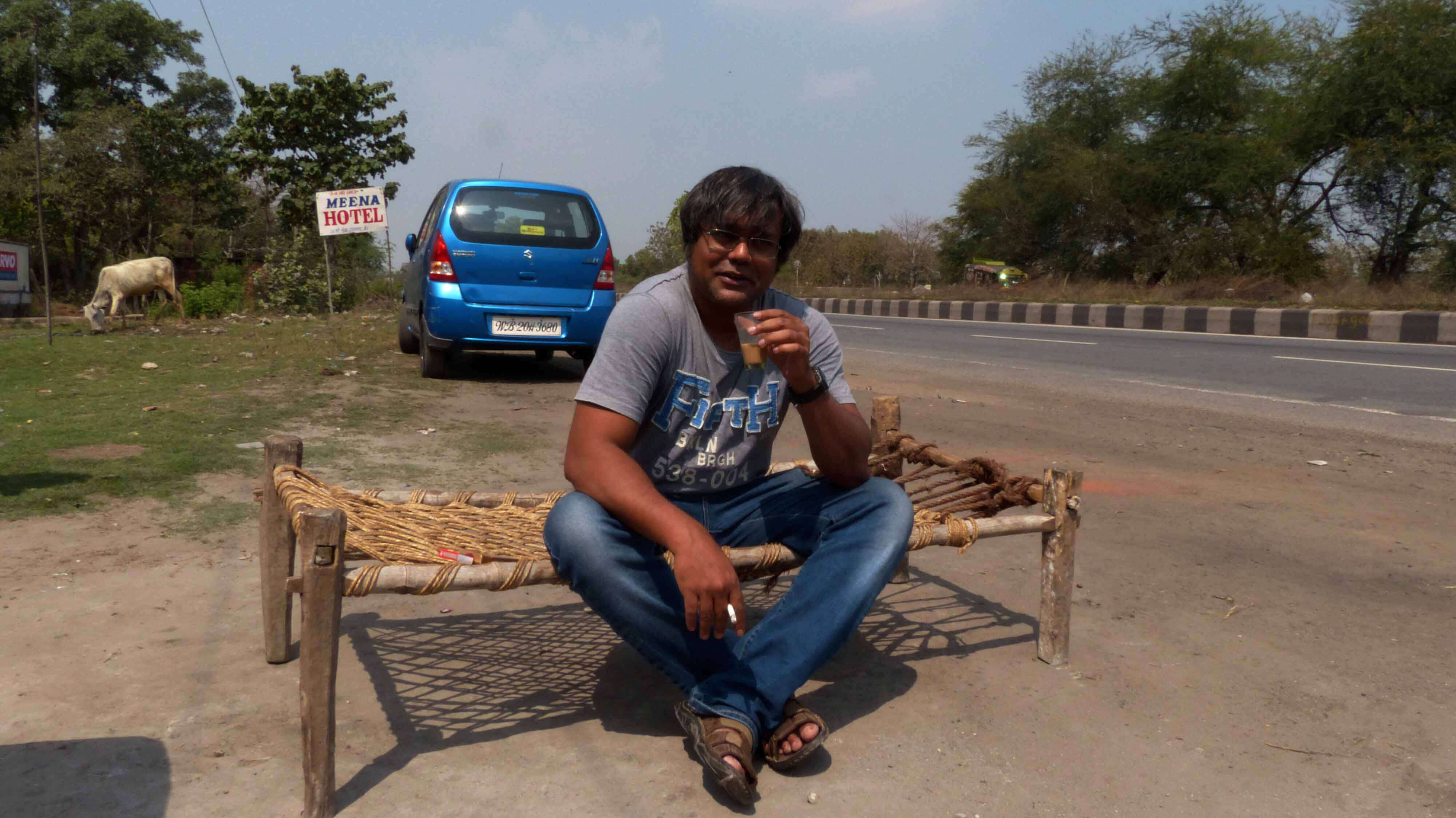
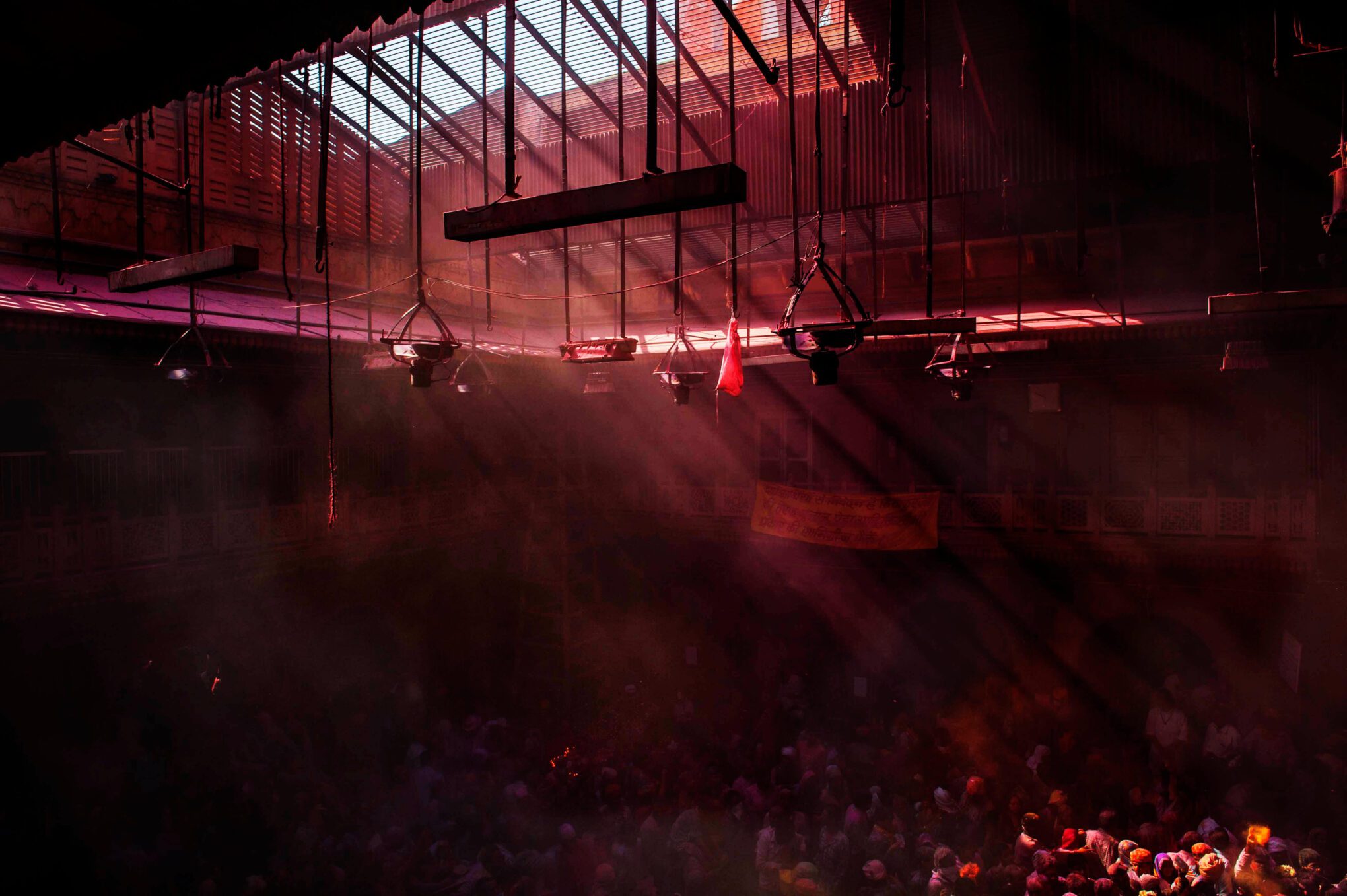
I am here to tell about the festival of love. At 4am, on March 14, 2014, I began my blind date with Laltu and my Little Sweet Old Girl, Maruti Zen. With a night halt at Varanasi, we reached Mathura, the next evening without any knowledge of where to go to shoot photographs. I asked the receptionist of the hotel we stayed in. The guy was as blank as me. So Laltu and I went out and started to ask people. Finally, a autorickshaw driver told us to go to Banke Bihari Temple of Vrindavan. We had no idea how to go there. So without taking any risk, we hired a car. I was amazed. From my childhood, I was an active participant of Holi in our locality. I did crazy things during University days. But Vrindavan? Here, people carried gulal in sacks, not small packets. We used to smear gulal on face. Here people bathed in it. The entire lane, which led to the temple, was full of these festive crazy people. The air was filled with the beautiful scent of gulal and a singsong chant, “Hathi-Ghora-Palki, Jai Kanhaiya Lal Ki” (Elephants-horses-palanquins, Hail Kanihaya Lal).
I was lucky at the temple as that was the first year when new Temple Management not only permitted to shoot photographs for the first time, but had arranged a special place for the photographers. I am grateful to them. Otherwise, I would have never experienced the intensity of devotion and love of the people coming over there.
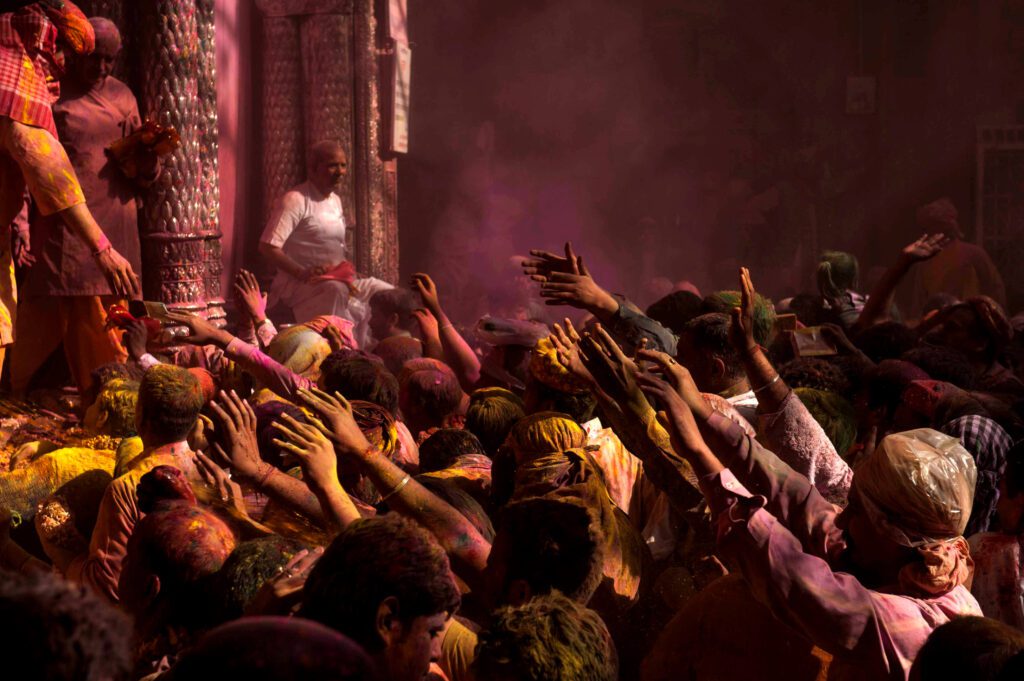
The Holi festival is celebrated for about two weeks at Mathura and Vrindavan. The actual Holi festival was on the day next. I couldn’t resist myself to be with my friends, who were at 250 km away from Mathura. So decided to spend the day with them.
This is perhaps the only place in the world where the ‘raas’ features someone other than Krishna.
The next day of the actual Holi, the festival is celebrated at place called Baldeo, which was about 12 km from Mathura. The name of the festival is Dauji ki Huranga. Hindu mythology tells us that Lord Krishna’s elder brother Balram or Baldeo, also called Dauji Maharaj, used to rule this province. In his memory the place is known as Baldeo or Dauji (elder brother). A day after the actual Holi, revelers look to Dauji Maharaj to continue the festivities as Krishna had left Mathura and had returned to Dwarka, I was told by the people there. He obliged by becoming the center of the ‘Maharaas’ in the place of his brother Krishna. This is perhaps the only place in the world where the ‘raas’ features someone other than Krishna.
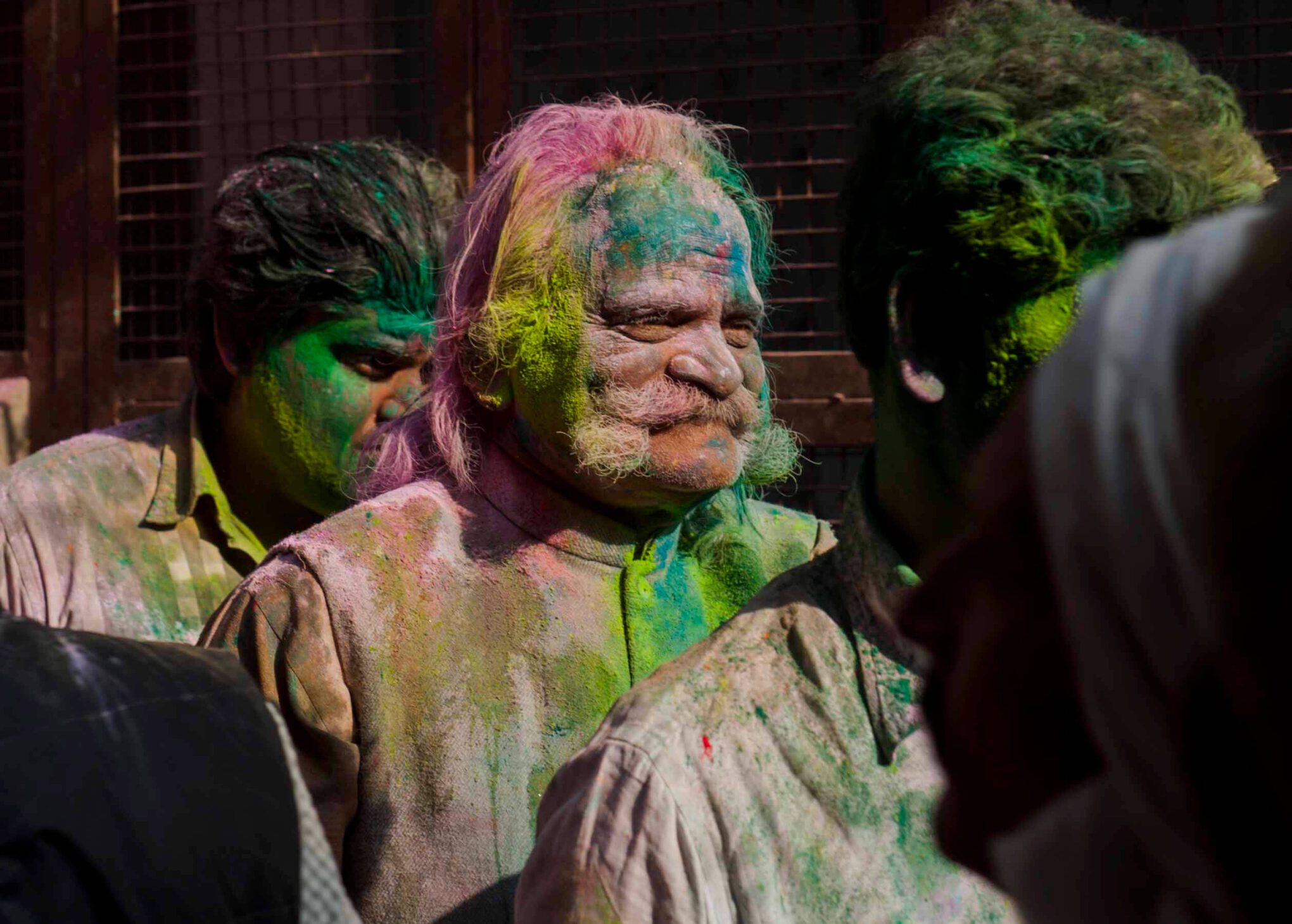
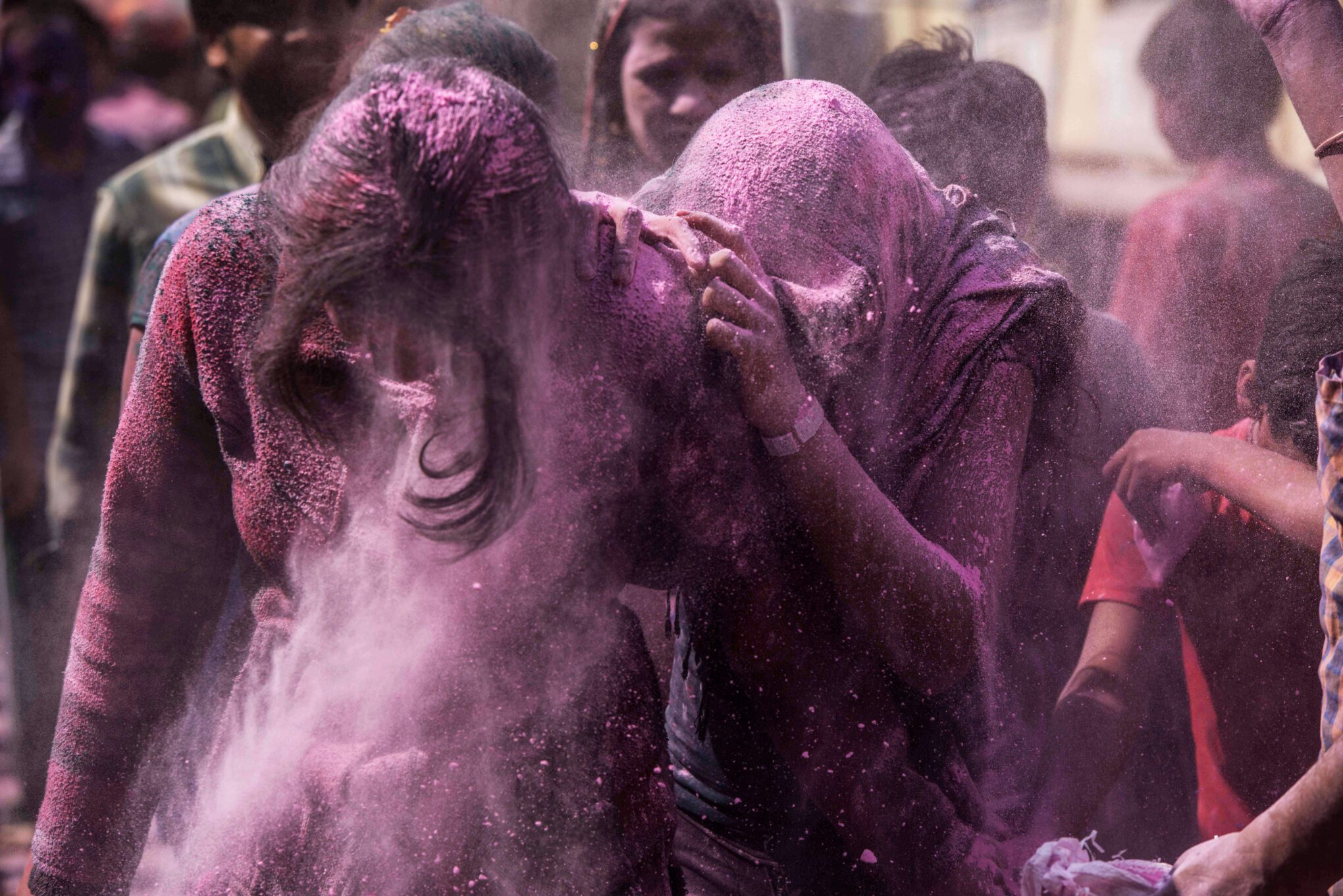
This festival is known by another name called ‘Kapra phar Holi’ (ripping clothes Holi). The festival starts with the prayer to Dauji, seeking his permission to continue the festival. People gradually start to gather at the temple and the temple gets filled up with the song and dance before the festival of colour starts. As per the ritual the women of the village rip off the clothes of men, after soaking those wet with the coloured water and whip them with wet clothes. And men try to drench the women with bucket full of coloured water. Truly speaking, so much of vibrant life with colour, I had never experienced in my life. I can’t explain or express in words how those three to four hours flew at the temple. Suddenly, I saw all the colours were gone and everyone was leaving the temple together.
This is not the end of Holi at Vrindavan. There are many shades and hues of the Holi festival there, which I had missed. But, all that is another story, for another time.
Photography by Author
Other Holi links:
http://139.59.80.127/history-culture/oral-traditions/holi-folklores-festivity-and-fertility/

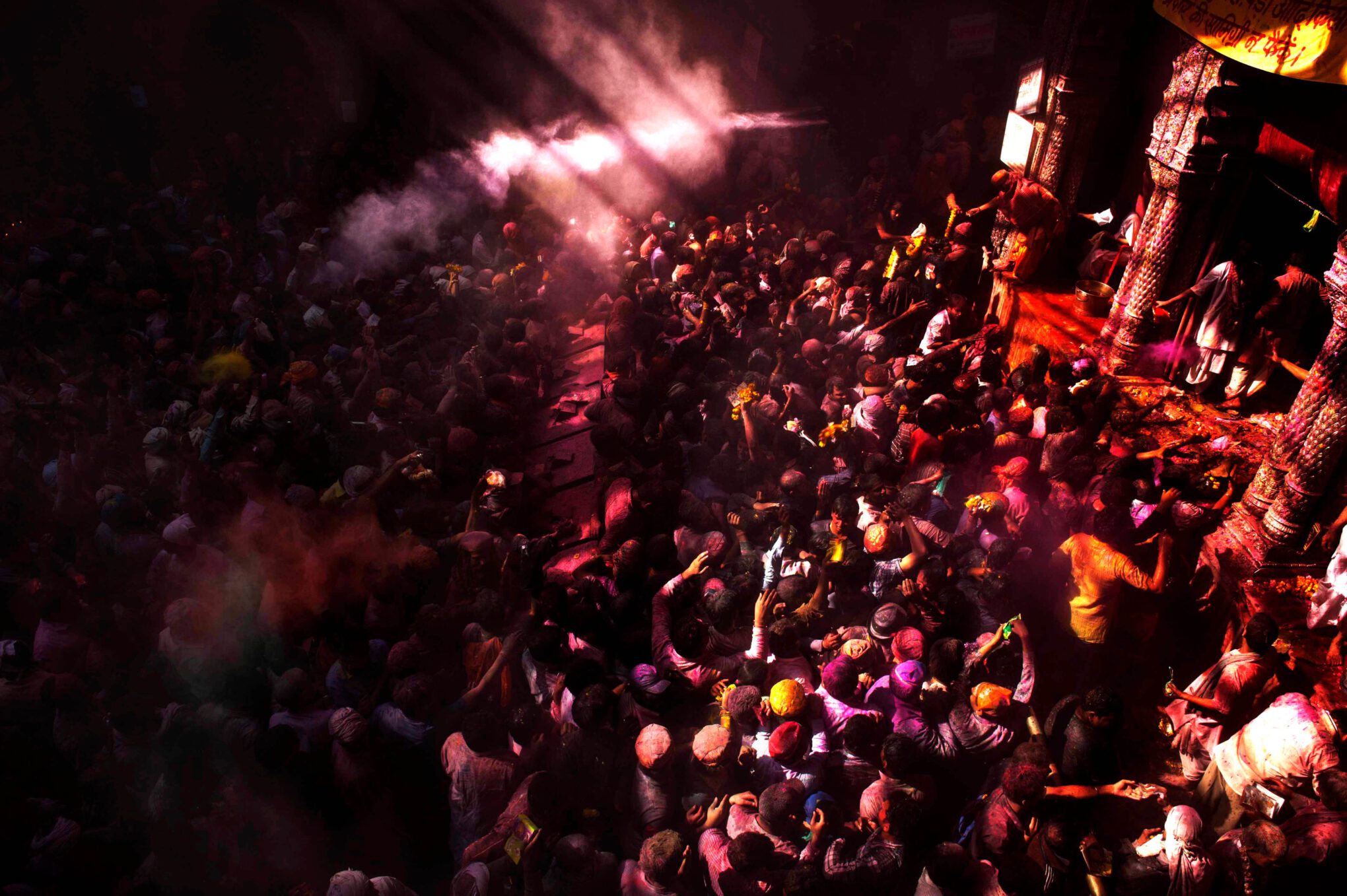

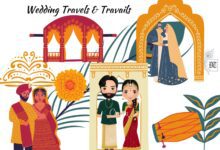
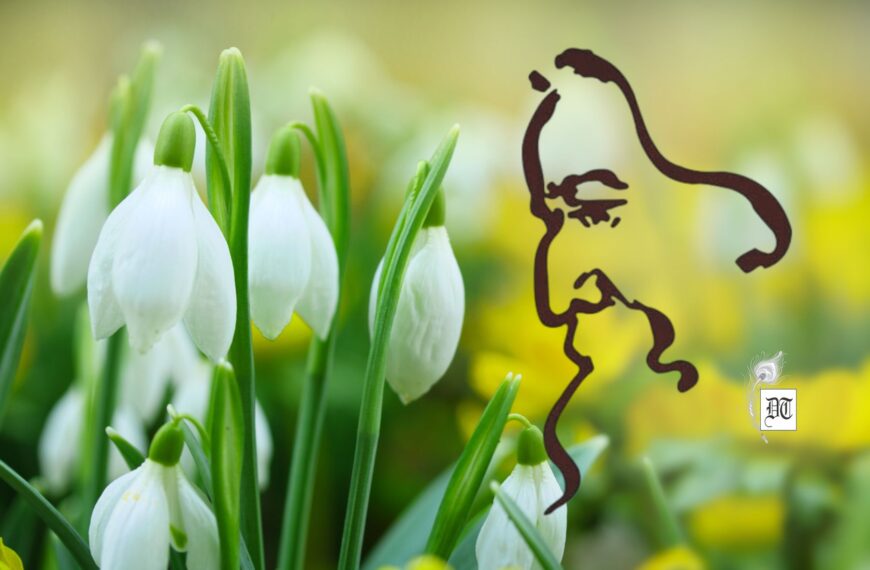
 By
By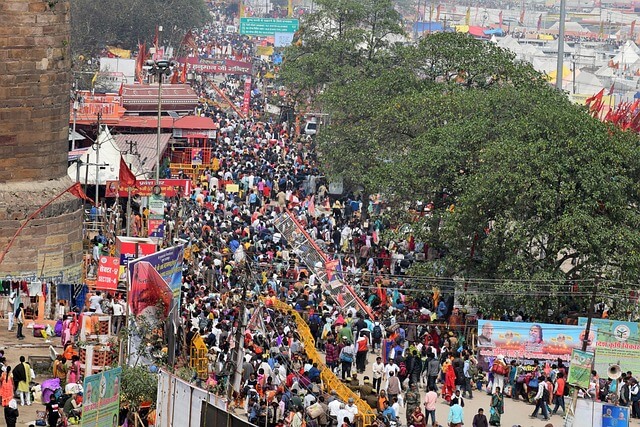
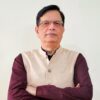 By
By